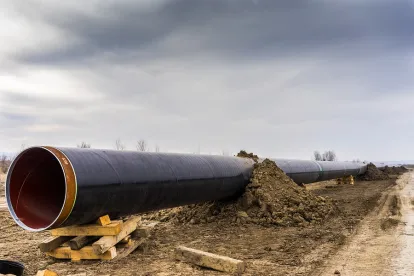-
Committee selects legal counsel to recover debt
-
Legal counsel oversees the day-to-day management of the case
-
All committee expenses, including legal fees, are the responsibility of the bankruptcy estate
One of the many unfortunate realities of the current economic situation is the likelihood of a sharp uptick in bankruptcies in the oil and gas industry. As more mid-size and large businesses begin to file Chapter 11 bankruptcy you will likely hear more about unsecured creditor committees. Guided by experienced legal counsel, these groups are critical for businesses seeking to recover what they are owed from the bankrupt company.
These committees are assembled by the United States Trustee program, which is overseen by the Department of Justice. The Trustee will reach out to the largest unsecured creditors of the bankrupt company and offer a place on the committee. Typically, the committee is comprised of representatives from the seven companies with the largest unsecured debt claims against the bankrupt company. There must be at least three unsecured creditors willing to serve in order to form a committee.
If given this opportunity, it is most likely in your best interest to serve. This committee will select the legal counsel to represent all participating unsecured creditors. The committee’s legal counsel will oversee the day-to-day management of the case and committees typically only meet a few times during the course of the bankruptcy and usually by teleconference. It’s important to note that all committee expenses, including legal fees, are the responsibility of the bankruptcy estate. Participating in the committee should cost you nothing. This is your opportunity to advocate for an attorney with experience you trust. That experience is critical for recovering as much of what you are owed as possible.
For example, in 2014 a secured creditor offered to buy hybrid car manufacturer Fisker Automotive out of bankruptcy. Through the deal, the company’s unsecured creditors would have received a small fraction of what they were owed. The unsecured creditor committee fought the proposal and successfully argued for a competitive bidding process. Wanxiang Group bought the company with a winning bid of nearly $150 million, creating a pool of more than $40 million for the unsecured creditors.
The Fisker story is just one example but illustrates how important these committees are, particularly now. The experience of being involved in an unsecured creditor committee will prove invaluable when you put it to use on the next committee – a very likely scenario given the number of bankruptcies that are expected.




 />i
/>i
